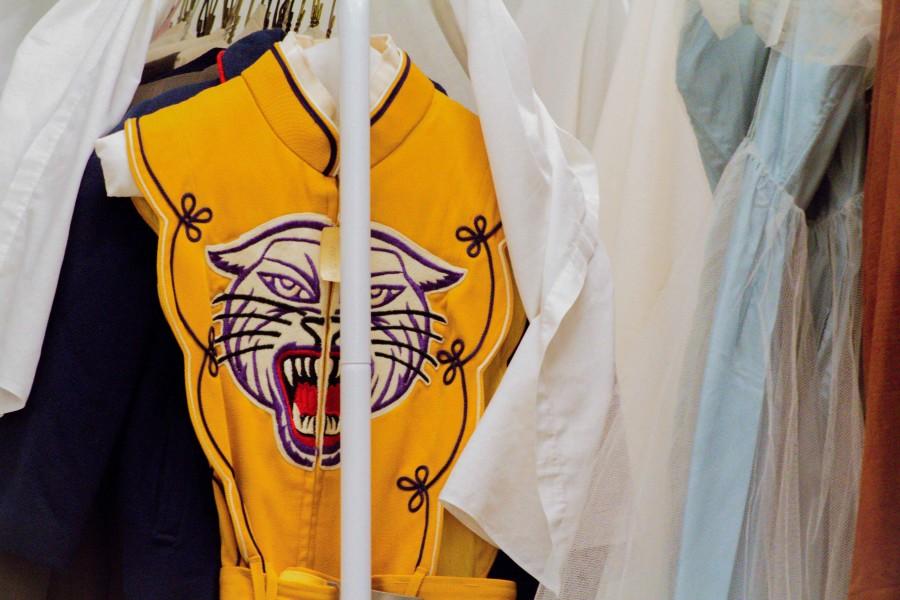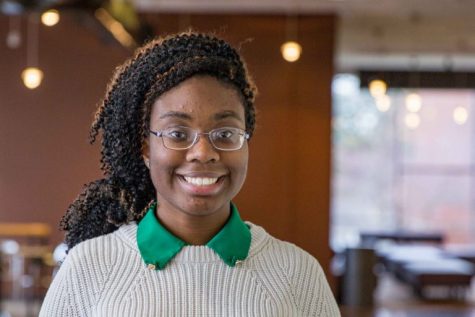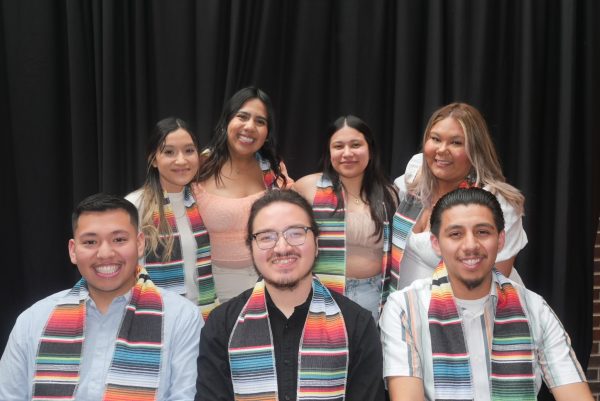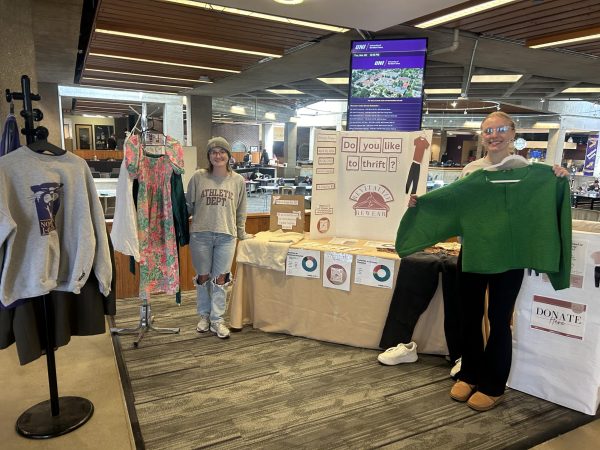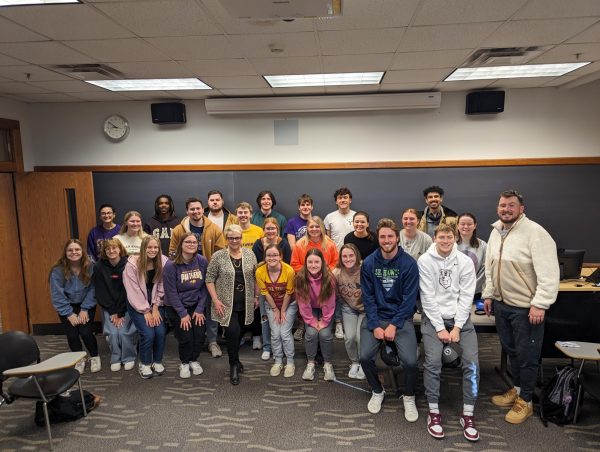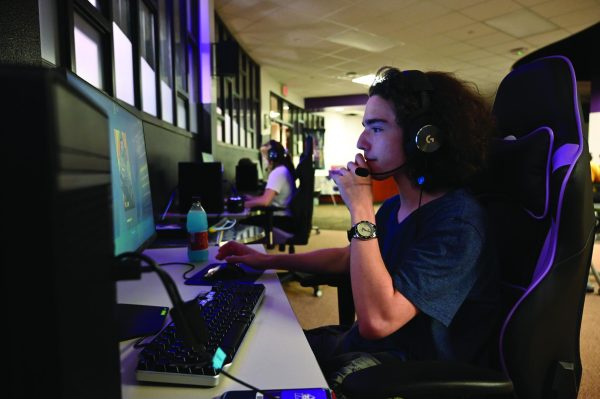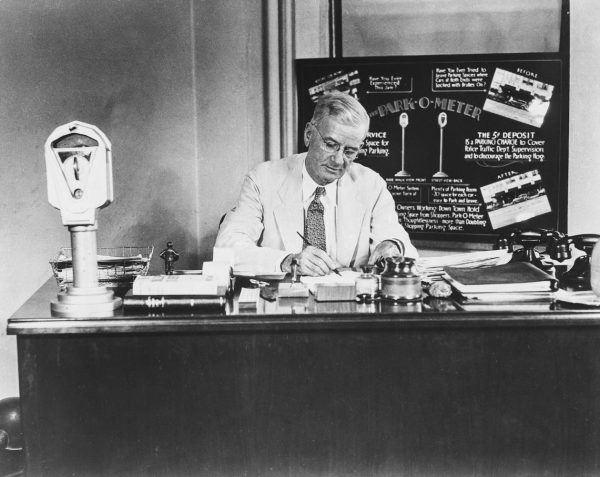Museum roars back to life
Nov 2, 2015
The UNI Museum reopened on Oct. 31 featuring three new exhibits.
Jessica Cruz, who prepared the exhibit, said this re-opening has been in the works for three years. According to Nathan Arndt, the museum curator, the UNI museum had to shut its doors in 2012 and was forced to move from the old Hudson building location due to the inadequacy of storage conditions there.
The three exhibits featured at the re-opening were: Lighting Up: Drug Culture Around the World, Dia de los Muertos and Elements of Design: Historical Symbolism in Material Culture. According to Arndt, these exhibits displayed around eight percent of the artifacts the museum has in its possession.
The re-opening is one of the many ways that the museum is trying to expand its accessibility to students and the public, according to Chris Cox, the Rod Library dean.
Cox said that the goal is to make the museum a big student resource, and with funding help from the university provost, the museum has been able to renovate the Rod location to fit this purpose.Arndt explained that, along with the renovations for making the Rod Library into a safe place to house museum artifacts, they have also worked on implementing a popular museum trend known as “open storage.” Since only around 20 percent of museum artifacts are featured at any one time, having open storage containers allows the public to see the other 80 percent of artifacts that the museum has.
Cruz said the museum is working towards more student and public collaborations. The featured exhibit “Lighting Up: Drug Culture Around the World” was put together by an intern from the museum and showcased various smoking pipes from different decades and countries, along with ashtrays from UNI’s past.
The “Dia de Los Muertos” exhibit was a collaboration between the museum and UNI’s Hispanic Latino Student Union. Marie Olmos, director of relations for HLSU, said that the museum reached out to their organization for the exhibit and used their input to find certain items they felt needed to be featured. Olmos went on to say the museum provided the “calaveras,” or skulls, for decoration and various community activities.
“Elements of Design: Historical Symbolism in Material Culture” featured various baskets, quilts and pottery from around the world. The museum’s open storage associated with this exhibit housed many more similar artifacts, Arndt said.
The UNI Museum was once accredited by the American Alliance of Museums, but that accreditation was lost due to many factors, according to Kate Martin, head of resource management at Rod Library.
Martin said the main factor leading to the removal of accreditation was the loss of the full-time director’s position, and some minor issues included the closing of the museum building to the public and the relocation itself.
Arndt went on to say that the issue of the museum regaining its accreditation is, “Not an ‘if,’ but a ‘when.’” According to Amdt, every step the museum has taken so far, including opening up to the public again, works towards regaining the accreditation.
With only around 10 percent of museums in America being accredited, Arndt said that UNI’s museum should be accredited because of its role as an educational tool for the university and the public.


